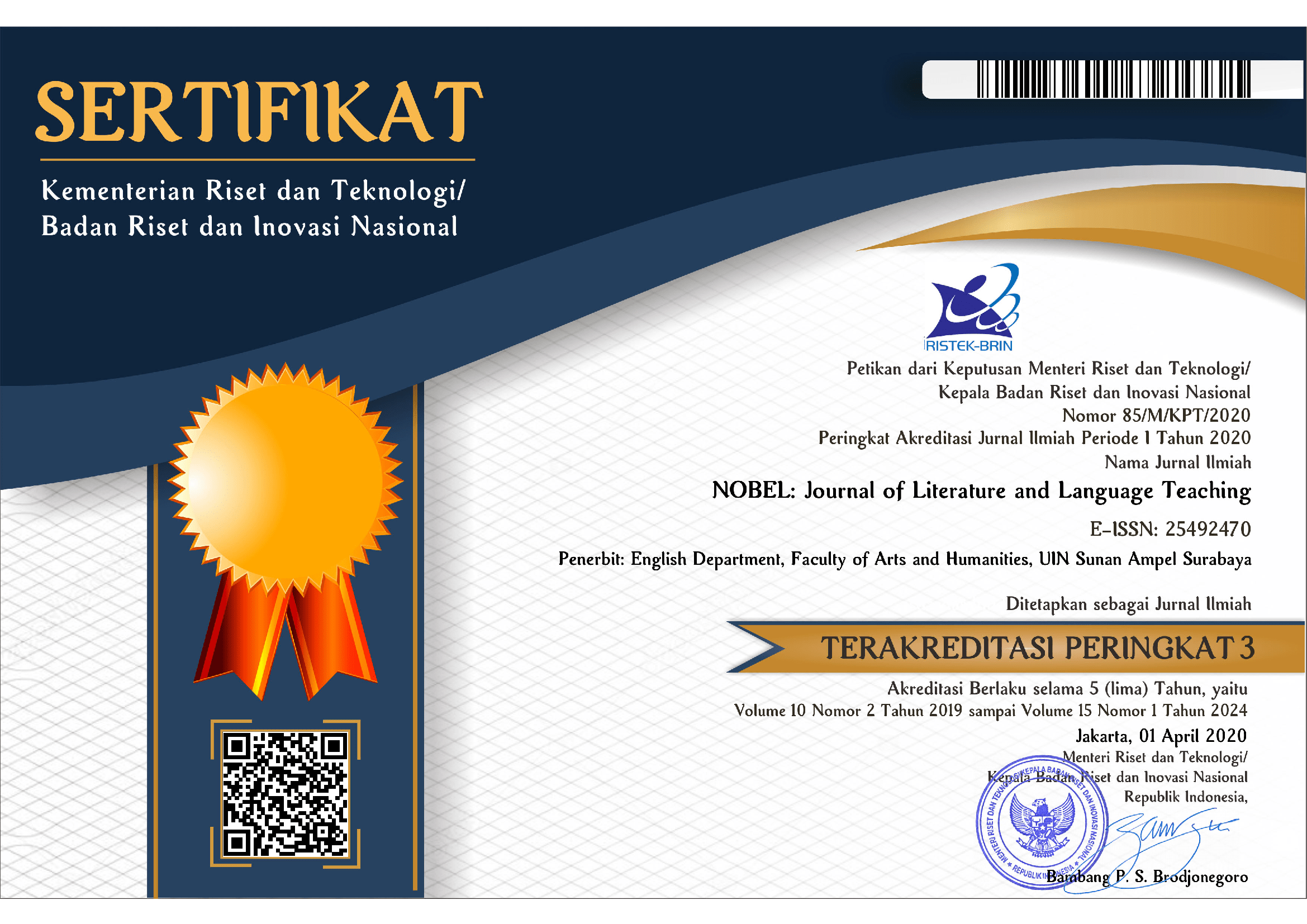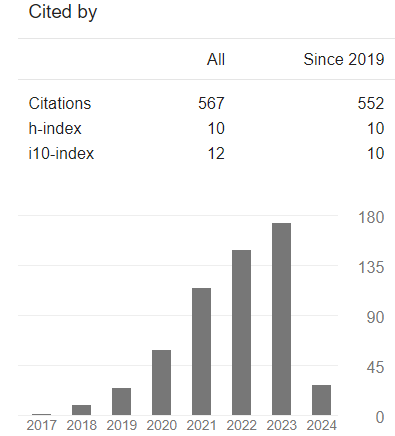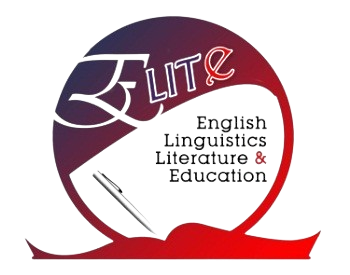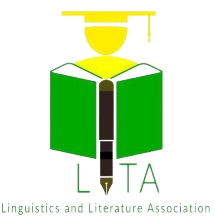Phonics Instruction and Perceptions of Teachers in Ave Maria Amnatcharoen School in Thailand
DOI:
https://doi.org/10.15642/NOBEL.2021.12.1.1-14Abstract
This paper aimed to explore how teachers implemented effective techniques of teaching phonics and the teachers’ perceptions of the effects of teaching phonics to the elementary school students of Ave Maria Amnatcharoen School in Thailand. The writers employed qualitative research. Five teachers who were teaching phonics in Ave Maria Amnatcharoen School of Thailand were the research participants. The writers used a questionnaire and an interview. Findings showed that most of the teachers perceived the process of implementing effective techniques in teaching phonics positively. The participants regularly employed various techniques in teaching phonics to the students. Furthermore, the participants also had positive perceptions of the effects of implementing effective techniques in teaching phonics. Most teachers agreed that the students had developed their reading skills through learning phonics. However, there were still some students who did not improve in their reading skills through learning phonics.
Downloads
References
Anderson, R., Hiebert, E., Scott, J., & Wilkinson, A. (1985). Becoming a nation of readers. Washington: The National Institute of Education.
Armbruster, B. B. (2010). Put reading first: The research building blocks for teaching children to read: Kindergarten through grade 3. Darvy, PA: Diane Publishing.
Ary, D., Jacobs, L. C., Sorensen. C., & Razavieh, A. (2010). Introduction to research in education (8th ed.). Belmont, CA: Wadsworth.
Aukerman, R. (1971). Approaches to beginning reading. New York: Wiley-Blackwell.
Aukerman, R. (1984). Approaches to beginning reading (2nd ed.). New York: Wiley-Blackwell.
Campbell, S. (2018). Teaching phonics without teaching Phonics: Early childhood teachers’ reported beliefs and practices. Journal of Early Childhood Literacy, 20(4), 1-32. DOI: 10.1177/1468798418791001
Campbell, S., Torr, J. & Cologon, K. (2011). Ants, apples and the ABCs: The use of commercial phonics programmes in prior-to-school children’s services. Journal of Early Childhood Literacy, 12(4), 367–388. DOI: 10.1177/1468798411417377
Chapman, J. W., Greaney, K. T., Arrow, A. W., & Tunmer, W. E. (2018). Teachers’ use of phonics, knowledge of language constructs, and preferred word identification prompts in relation to beginning readers. Australian Journal of Learning Difficulties, 23(1), 87–104. DOI: 10.1177/1468798418791001
Clark, M. (2017). Reading the evidence: Synthetic phonics and literacy learning [Kindle version]. Birmingham: Glendale Education.
Dixon, P., Schagen, I., & Seedhouse, P. (2011). The impact of an intervention on children’s reading and spelling ability in low-income schools in India. 22(4), 461–182. DOI: 10.1080/09243453.2011.625125
Ehri, L., Nunes, S., Stahl, S., & Willows, D. (2001). Systematic phonics instruction helps students learn to read: Evidence from the national reading panel’s meta-analysis. Review of Educational Research, 71(3), 393–447. Retrieved from www.jstor.org/stable/3516004
Ewing, R. (2017). A new phonics test for Australian six-year-olds is a bad idea. Retrieved from www.aare.edu.au/blog/?p¼2028
Finnegan, R. (2012). Oral literature in Africa. Cambridge: OpenBook Publishers.
Goouch, K. & Lambirth, A. (2007). Understanding phonics and the teaching of reading: critical perspectives. Maidenhead: McGraw Hill.
Harris, T. & Hodges, R. (Ed.). (1995). The literacy dictionary. Newark, DE: International Reading Association.
Hines, J. (2009). The effectiveness of a color-coded, onset-rime decoding intervention with first-grade students at serious risk for reading disabilities. Learning Disabilities Research & Practice, 24, 21–32. DOI: 10.1111/j.1540-5826.2008.01274.x
Jamaludin, K. A., Alias, N., Mohd Khir, R. J., DeWitt, D., & Kenayathula, H. (2016). The effectiveness of synthetic phonics in the development of early reading skills among struggling young ESL readers. School Effectiveness and School Improvement, 27(455–470).
Johnston, R. & Watson, J. (2004). Accelerating the development of reading, spelling and phonemic awareness skills in initial readers. Reading and Writing, 17, 327–357. DOI: 0.1023/b:read/0000032666.66359.62
Johnston, R. S., McGeown, S., & Watson, J. E. (2012). Long-term effects of synthetic versus analytic phonics teaching on the reading and spelling ability of 10-year-old boys and girls. Reading and Writing, 25(6), 1365–1384. DOI: 10.1016/j.sbspro.2011.04.160
Knaus, C. (2016, November). Researchers warn against further use of phonics testing in schools. The Guardian. Retrieved from https://www.theguardian.com/
Kodae, H., & Laohawiriyanon, C. (2011). Effects of intensive phonics instruction on reading and spelling attainment of Thai grade 5 learners with reading difficulties. Proceedings - Teaching Techniques of The 3rd International Conference on Humanities and Social Sciences. Faculty of Liberal Arts, Prince of Songkla University.
Langenberg, D., Correro, G., Ehri, L., Ferguson, G., Garza, N., Kamil, M. L., & Yatvin, J. (2000). Teaching children to read: An evidence-based assessment of the scientific research literature on reading and its implications for reading instruction: Reports of the subgroups. Bethesda, MD: National Institute for Child Health and Human Development.
Lloyd, S. (1998). The phonics handbook. Chigwell: Chigwell.
Nadiera, N. & Yamat, H. (2019). Phonics teaching technique: A mixed-method study with lower primary English teachers in Malaysia. International Journal of Scientific and Research Publications, 9, 618–625. DOI: 10.29322/IJSRP.9.03.2019.p887
Read Naturally. (2019). Essential Components of Reading. Retrieved from https://www.readnaturally.com/research/5-components-of-reading
Roe, B., Smith, S. H., & Burns, P. C. (2012). Teaching reading in today’s elementary schools (11th ed.). Belmont, CA: Wadsworth Thomson Learning.
Snow, P., Castles, A., Wheldall, K., & Coltheart, M. (2016). Why Australia should trial the new phonics screening check. Retrieved from https://theconversation.com/why-australia-should-trial-the-new-phonics-screening-check-69717
Tankersley, K. (2003). The threads of reading: Strategies of literacy development. Alexandria, VA: Association for Curriculum and Supervision Development.
The National Reading Panel. (2000). Teaching children to read: An evidence-based assessment of the scientific research literature on reading and its implications for reading instruction. Retrieved from www.nichd.nih.gov/sites/default/files/publications/pubs/nrp/Documents/report.pdf
Yeung, S., Siegel, L., & Chan, C. (2013). Effects of a phonological awareness program on English reading and spelling among Hong Kong Chinese ESL children. Reading and Writing, 26(5), 681–704. DOI: 10.1007/s11145-012-9383-6
Downloads
Published
How to Cite
Issue
Section
License
Copyright (c) 2021 NOBEL: Journal of Literature and Language Teaching

This work is licensed under a Creative Commons Attribution 4.0 International License.







